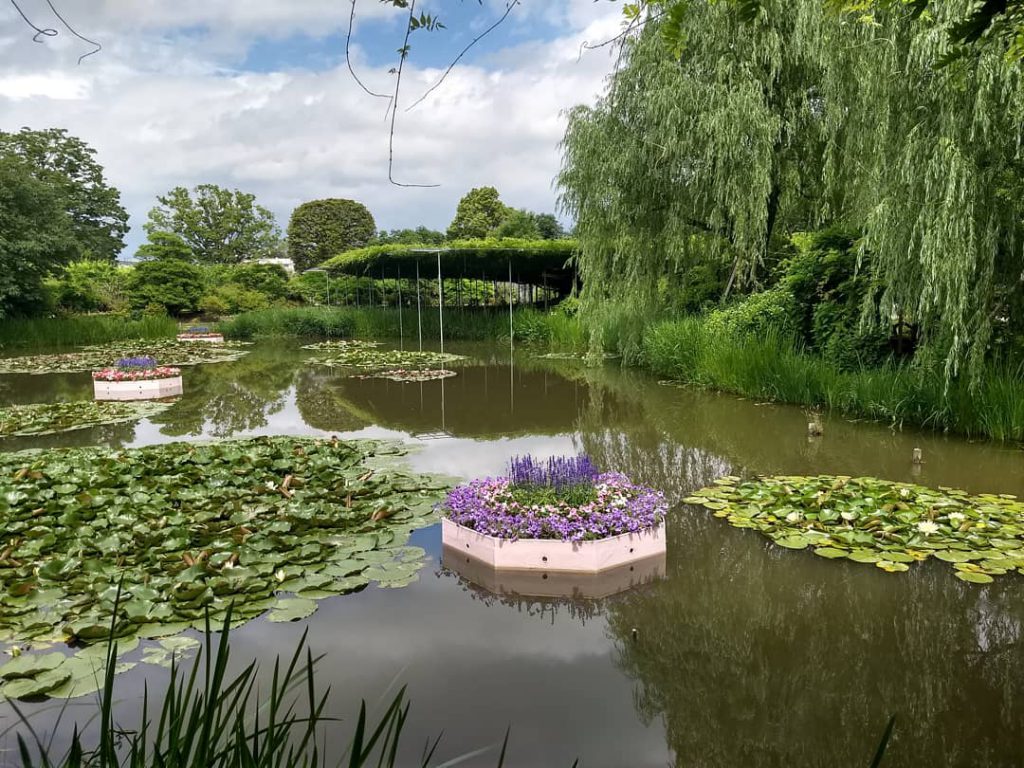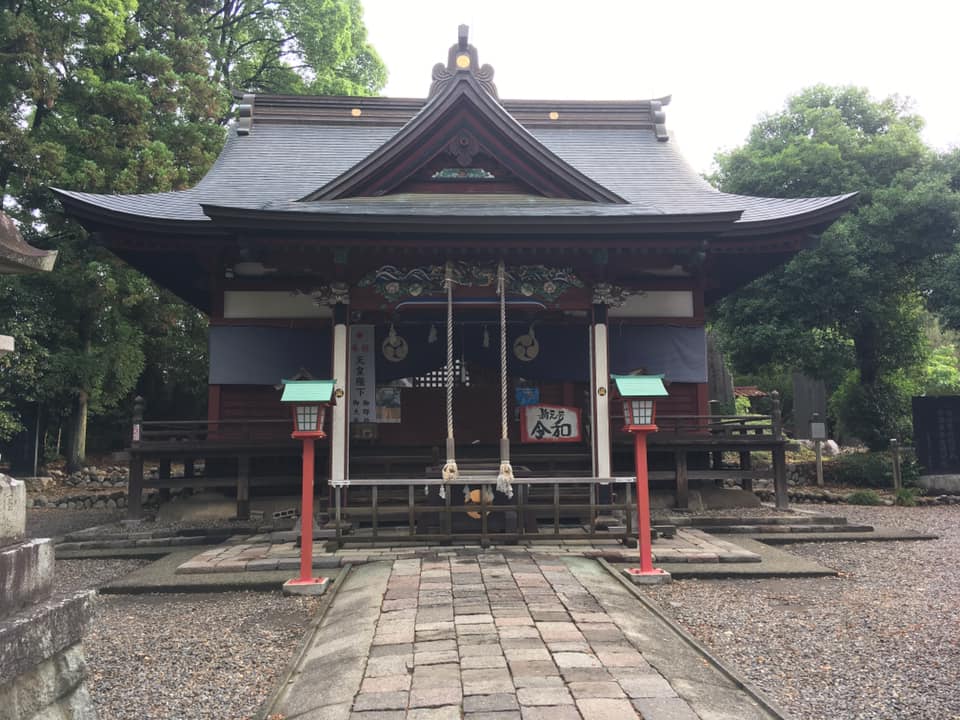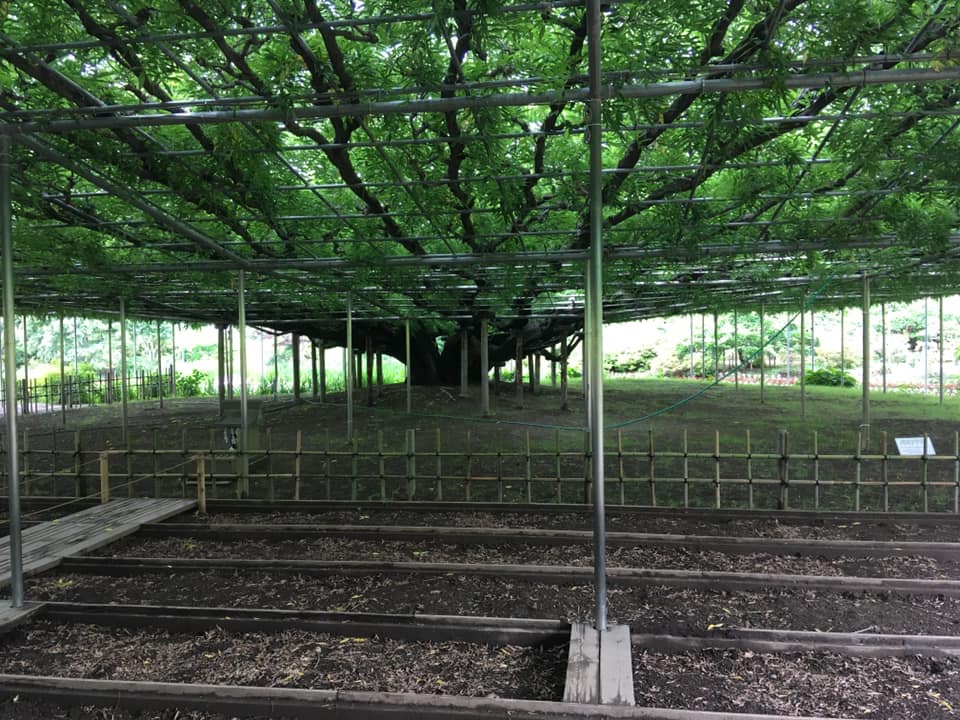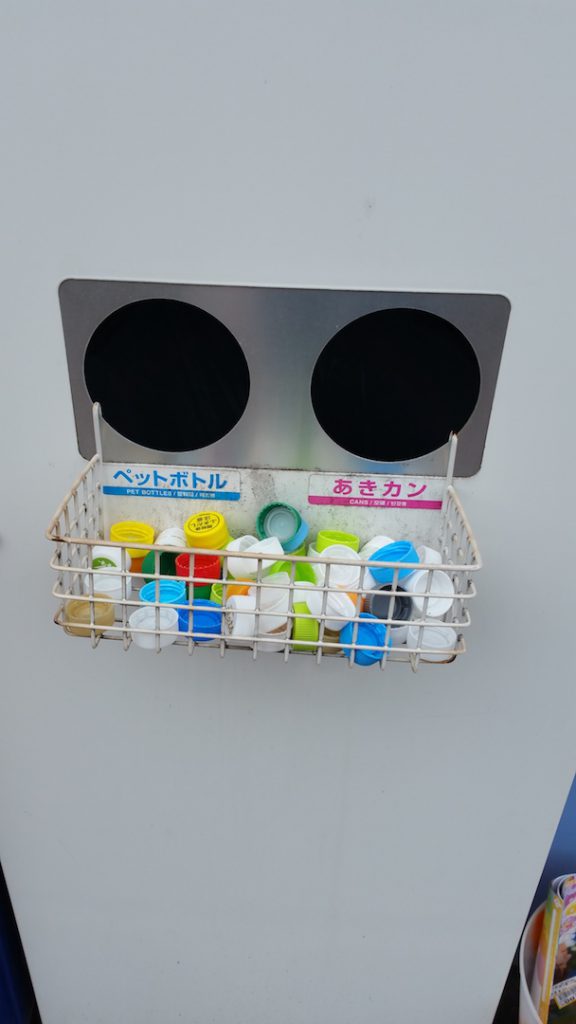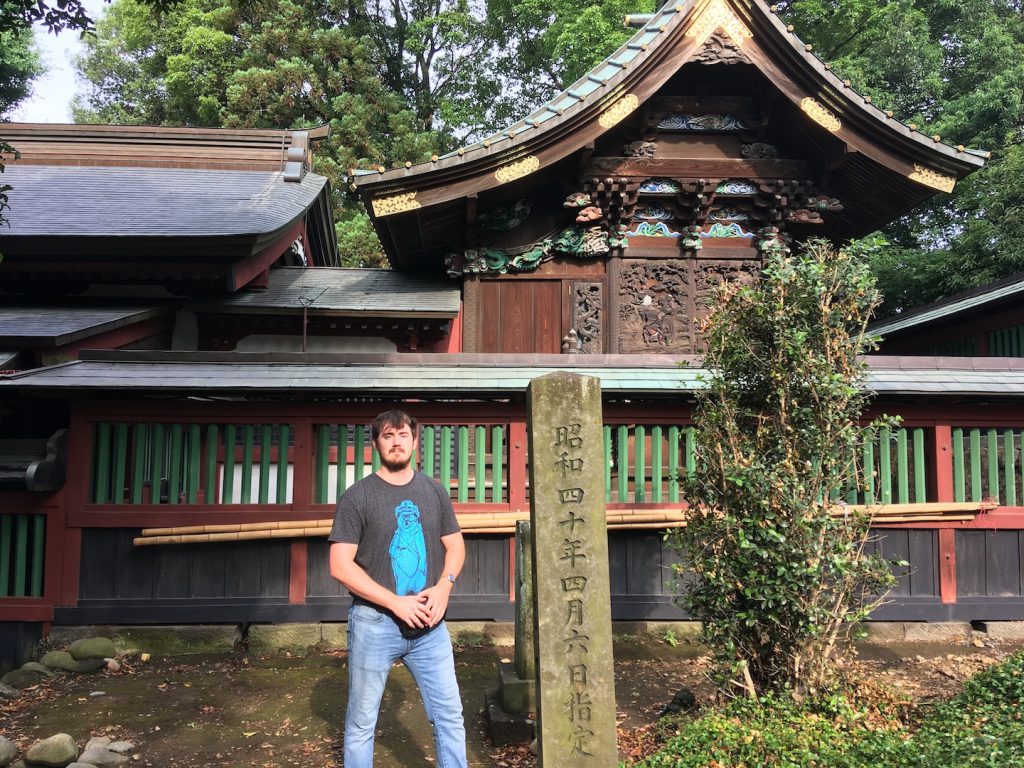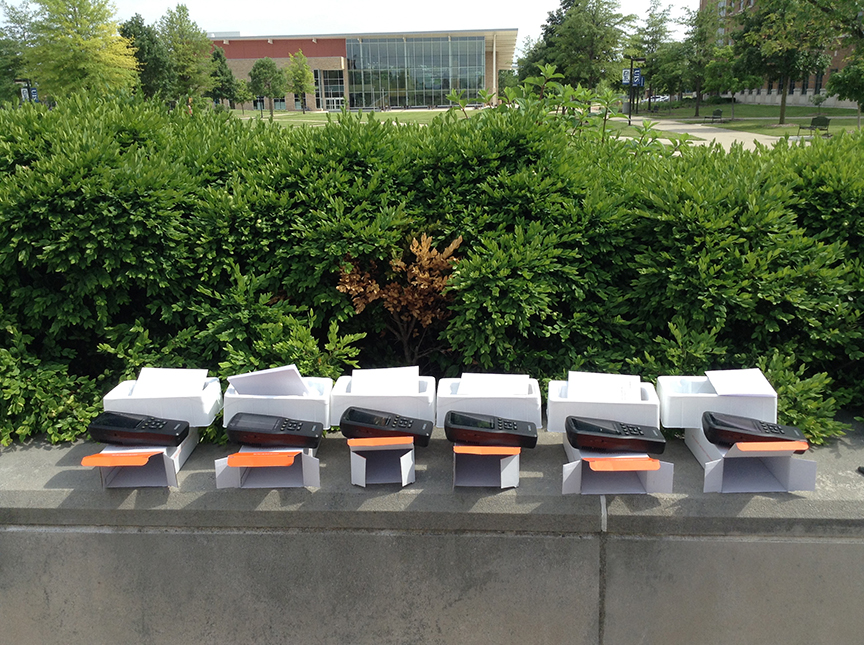I am now finally settled in at Hangzhou, but I want to retroactively comment on the blur of activities we have had in the past couple weeks.
The end of our Japan trip consisted of a day trip to Nikko, spending time at night with some local friends, and one night in Tokyo. Although I had been to Nikko on my last visit to Japan last year, there were some new experiences added in, as well as a different group of people, which made it feel brand new. For new experiences, we drove and hiked up to the top of a nearby mountain and later went out on a boat. I got a bit carsick on the bus ride up and down, but once we were there it was beautiful. The boat ride was similarly blissful. We became friends with several locals while we were on the program. One of them named Abdul (originally Saudia Arabian, has lived in Japan for 6 years) invited us over to his house one night. Some of us went there along with Seishirou and Mitsuaki, two of our Japanese friends. We got to experience a young Japanese person’s household, although Seishirou and Mitsu assured us this was far bigger than usual. By the end of the night, we had grown a lot closer to each other. Before we knew it, the Sayonara Party had passed and we were waving goodbye to our hosts at Ashikaga and heading to Tokyo. Unfortunately, we only had the one night to explore this exciting city. We ended up going out to a lovely little alley filled with bright lights and izakaya restaurants. The place was packed, but we managed to find one with open space. We had some drinks and I ate chicken gizzard (!) which tastes as unusual as it sounds. Honestly, it was all pretty good though. I do wish I could have spent more time in Tokyo, but we had a wonderful time all the same.
The flight from Tokyo to Beijing trip was (thankfully) much shorter than our flight to Japan had been. The time change was only one hour this time. Upon arrival, we met the students from UIUC and UIC and took a bus to our Beijing hotel. The hotel was in a very good location to serve as home base for our forays out to Beijing’s many landmarks. The big highlights for me were Tienanmen Square, The Great Wall, and the Summer Palace. Tienanmen Square was massive and thus seemed empty even though a pretty large amount of people were present. The section of the Great Wall that we visited had so, so many stairs to climb to reach the top. Add in that we were climbing it on possibly the hottest day of the year (over 100 degrees F) and the trek was extremely arduous. Still, I doubted I would get another chance to climb the Great Wall anytime soon, so I resolved to ignore my screaming legs and go all the way up. The Summer Palace was simply beautiful. The architecture of the “marble boat” was exquisite, and lily pad ponds and long galleys added to the lovely atmosphere.

